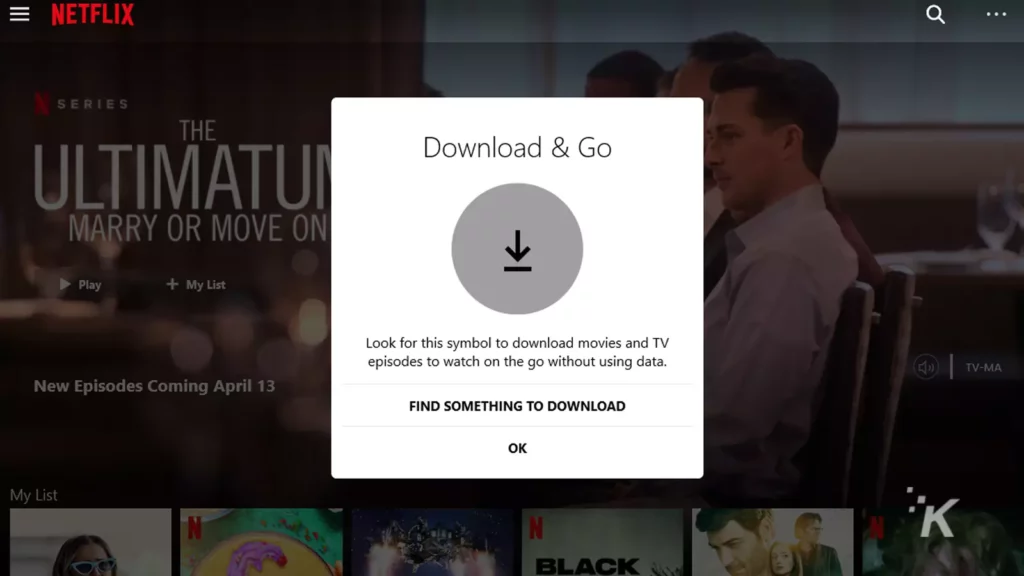Tech
How the use of machine learning can help Netflix streaming quality
Here’s how Netflix uses machine learning to provide an enjoyable and smooth streaming experience to its users.

Just a heads up, if you buy something through our links, we may get a small share of the sale. It’s one of the ways we keep the lights on here. Click here for more.
Netflix is the name congruent to entertainment but what you don’t know about Netflix is its strategy to utilize every available tool to attract more and more users every day.
Be it psychological principles, Artificial Intelligence (AI), or machine learning – Netflix believes in crossing all its t’s.
The strategic utilization of every available concept gives Netflix an edge over other streaming sites. It has become the largest streaming network – so vast that massive platforms let users know how to watch everything available on Netflix.
This article aims to provide information about machine learning and how Netflix uses it to provide an enjoyable and smooth streaming experience to its users.
What is Machine Learning?
Machine learning is going to result in a real revolution – Greg Papadopoulos
Merely stating, machine learning is the application of artificial intelligence (AI). It provides systems with the ability to learn and improve automatically from experience without prior programming.
It mainly focuses on developing computer programs with the ability to access the data and learn from it.

How is Netflix using it?
Netflix uses machine learning to optimize back-end and front-end operation and interfaces, making sure that users are enjoying the streaming experience.
When it comes to grabbing the user’s attention – the user interface is a vital tool. Specific terminology is used to describe the first impression of the Netflix home page – ‘moment of truth.’ It is the moment when the user will decide to continue or stop using the service.
For increasing the chances of a user watching the show, multiple previews are designed, and machine learning is used to match it to the user’s preference.
Here are five approaches of Netflix that utilize machine learning to improve user’s experience.
Quality Streaming at Lower Bandwidths
Another example of the ideal utilization of machine learning and AI is Netflix providing specialized video coding to deliver clear streams in regions with comparatively lower bandwidth.
As Netflix has expanded its services worldwide, this tool is considered one of vital ones to make sure that the user’s experience is satisfactory and enjoyable.
Internet speed is not uniform, but a specific speed is needed to stream Netflix content for a particular quality. Therefore, low internet speed can negatively influence the video’s quality, and Dynamic Optimizer caters to this issue.
Dynamic Optimizer uses algorithms to review and compress the video frame without compromising the video’s quality.
The same tool provides tailored content on alternate platforms, including phones and tablets commonly preferred in Japan, South Korea, and India.

Video Recommendation System
Algorithms are used to recommend and suggest videos to the users. Customer retention saves Netflix over $1 billion each year.
The recommendations are based on the popularity of the videos, what users watch, and when they watch – this data is fed into multiple algorithms powered by machine learning techniques.
The data fed into the algorithm produces the recommendations, including top picks, holiday hits, and top N ranker. The trending now section is also an output of algorithms utilizing machine learning.
The approach provides the content selection based on the ‘watched history,’ ensuring that relevant preferences are visible to the user.
Optimizing Content Quality Control
Besides using AI to maintain streaming quality, Netflix also uses machine learning and predictive modeling to optimize QC (Quality Control) for content. Here the term content is used for text, audio, ad video.
The predictive quality control model uses supervised machine learning to predict if the content quality is “pass” or “fail.”
The QC process mainly includes manual and automated inspections for identifying and replacing the assets that are not up to the mark, such as poorly placed subtitles or audio-video sync issues.
A/B Testing for Every Innovation
Any change or innovation done by Netflix has to pass the A/B testing process before becoming the default experience for the user.
These changes include a new product, videos, a personalized homepage, and a UI layout redesign.
A/B testing allows Netflix to identify the risk of making changes by using the actual data to guide the changes. It is mainly done by experimenting with a control group and experiment groups that would receive alternate treatments.
After the test is live, retention and streaming hours are tracked as metrics, and the results are used to draw a meaningful conclusion.

Conclusion
With the success of Netflix as the most popular streaming hub, it is doing everything right. Using data sciences, AI, and machine learning to enhance a positive experience for the user indicates Netflix’s dedication to its community.
Blatantly calling itself user-oriented, Netflix is trying to grab new users’ attention and retain the older ones.
With 203.67 million subscribers by the end of 2020, we think combining data and psychological sciences works for Netflix.
Have any thoughts on this? Let us know down below in the comments or carry the discussion over to our Twitter or Facebook.


































tempmail
July 16, 2025 at 7:17 pm
I like the efforts you have put in this, regards for all the great content.